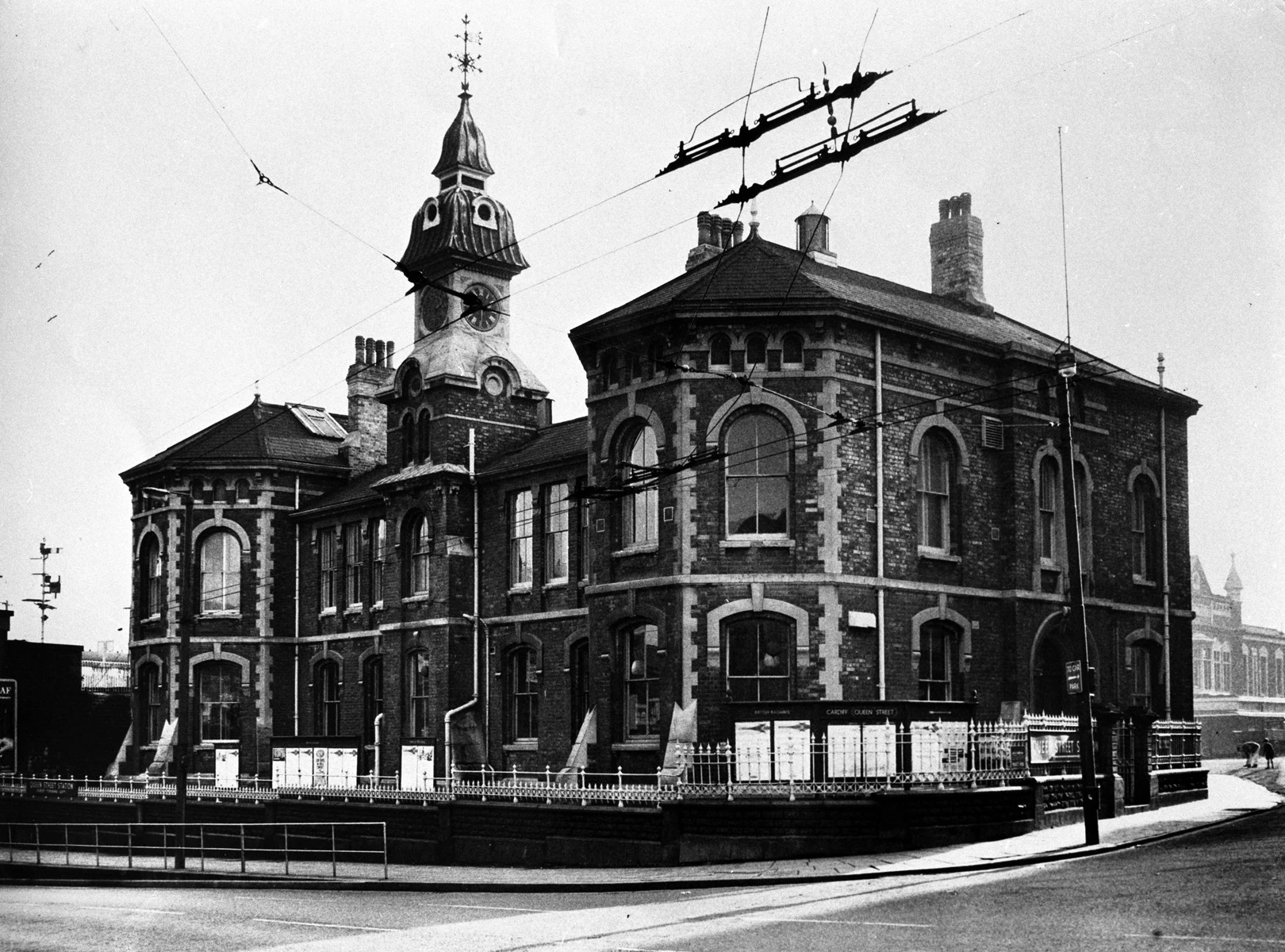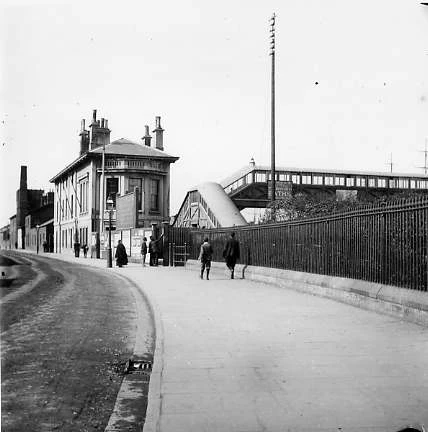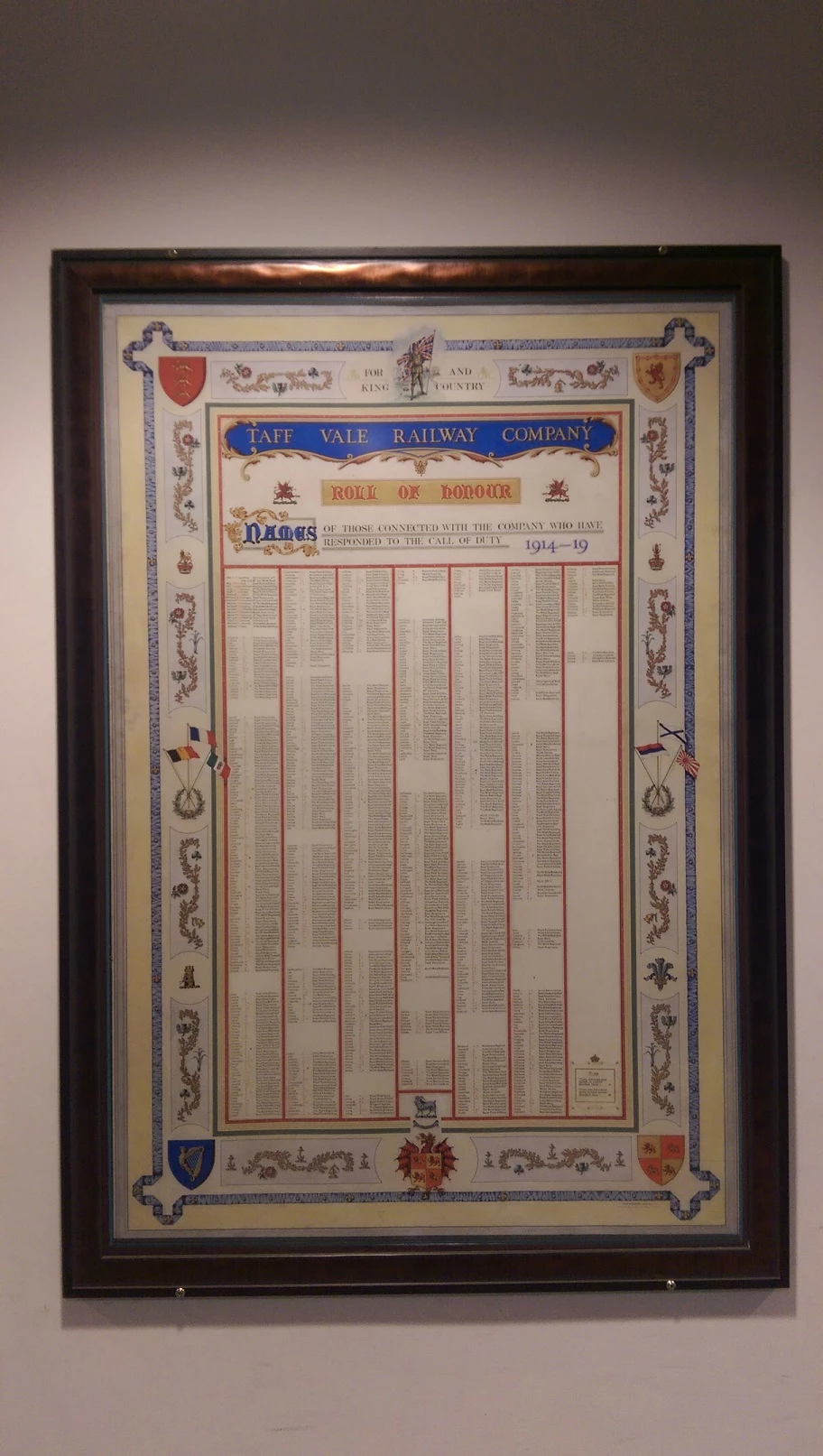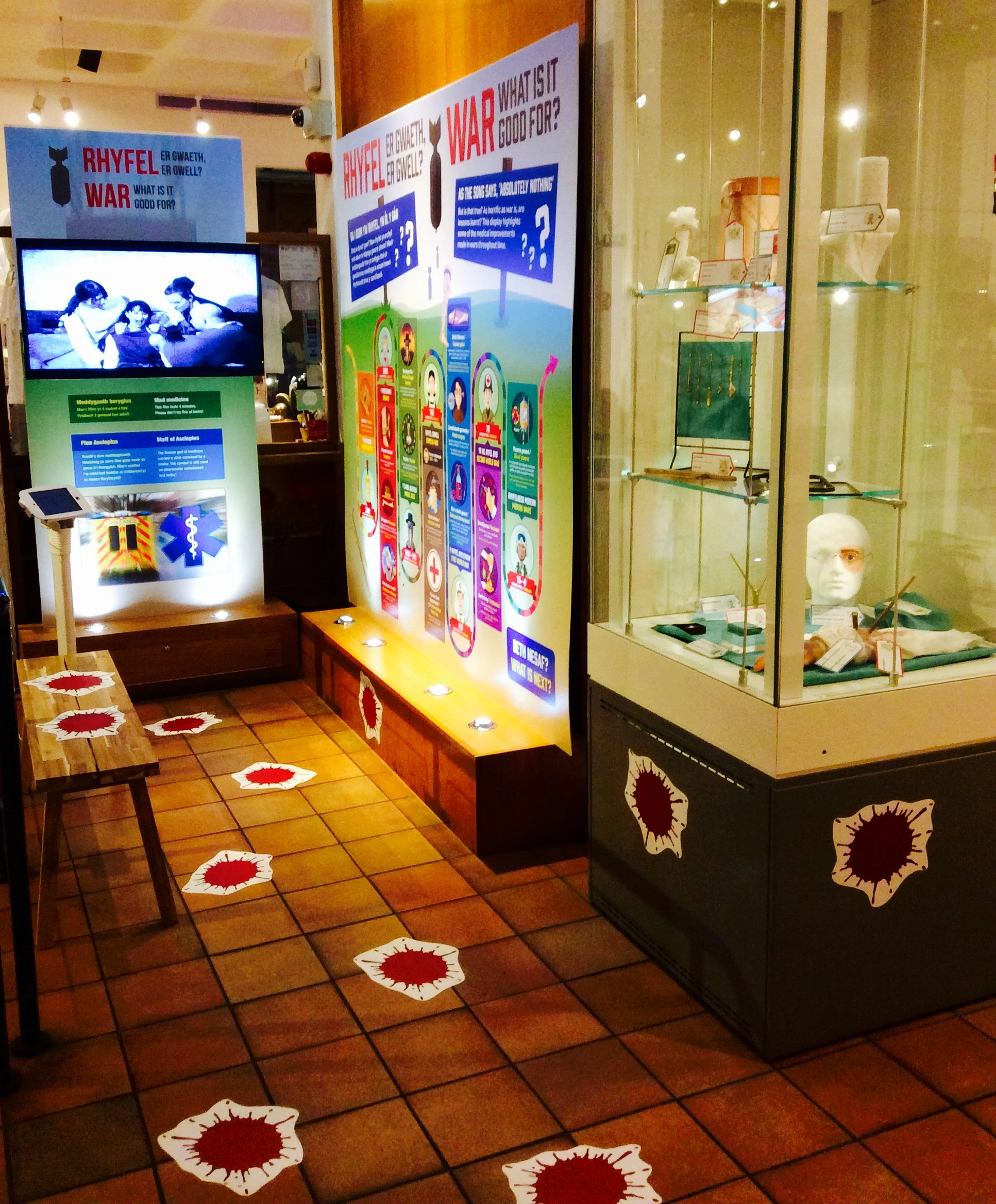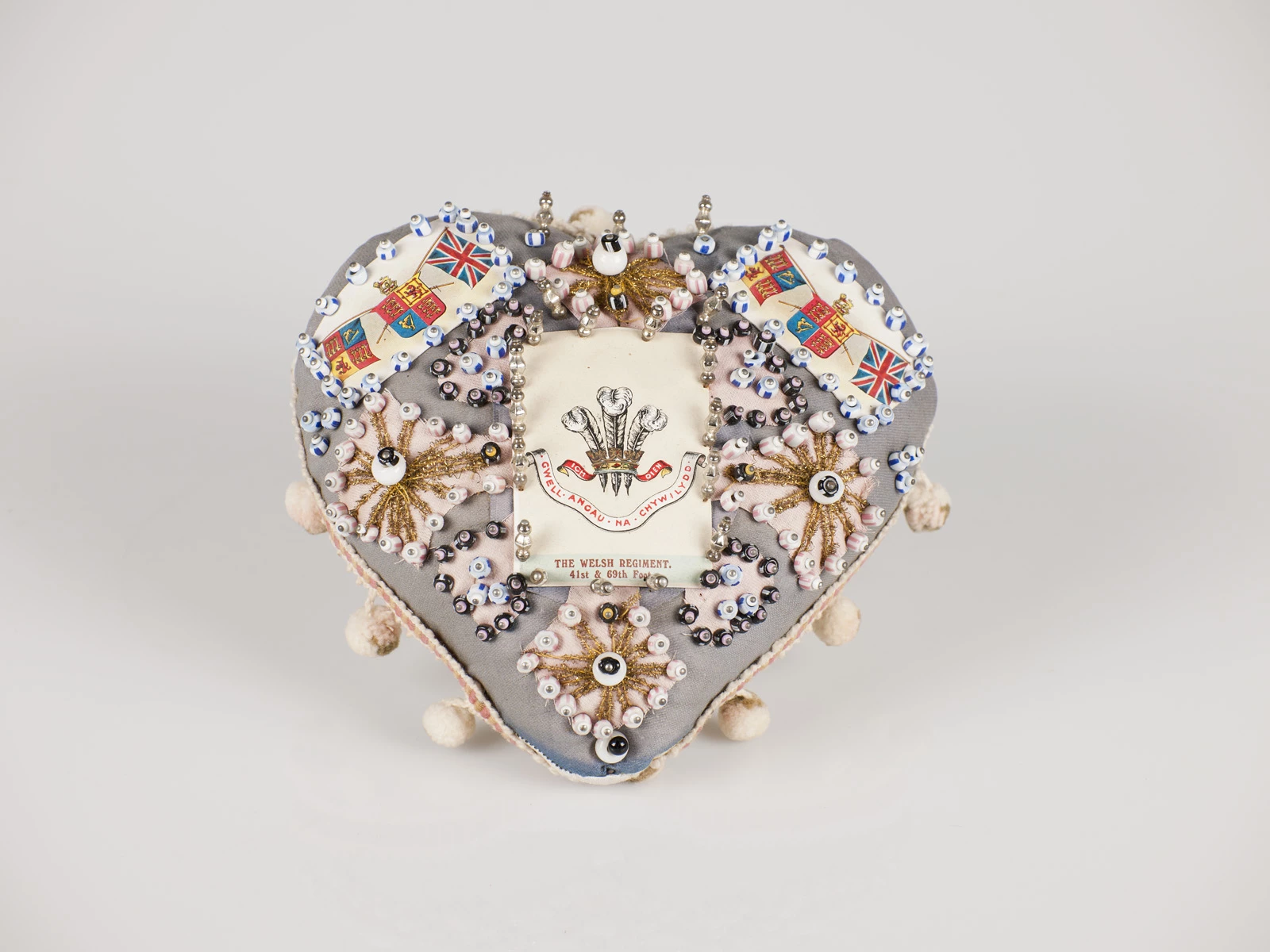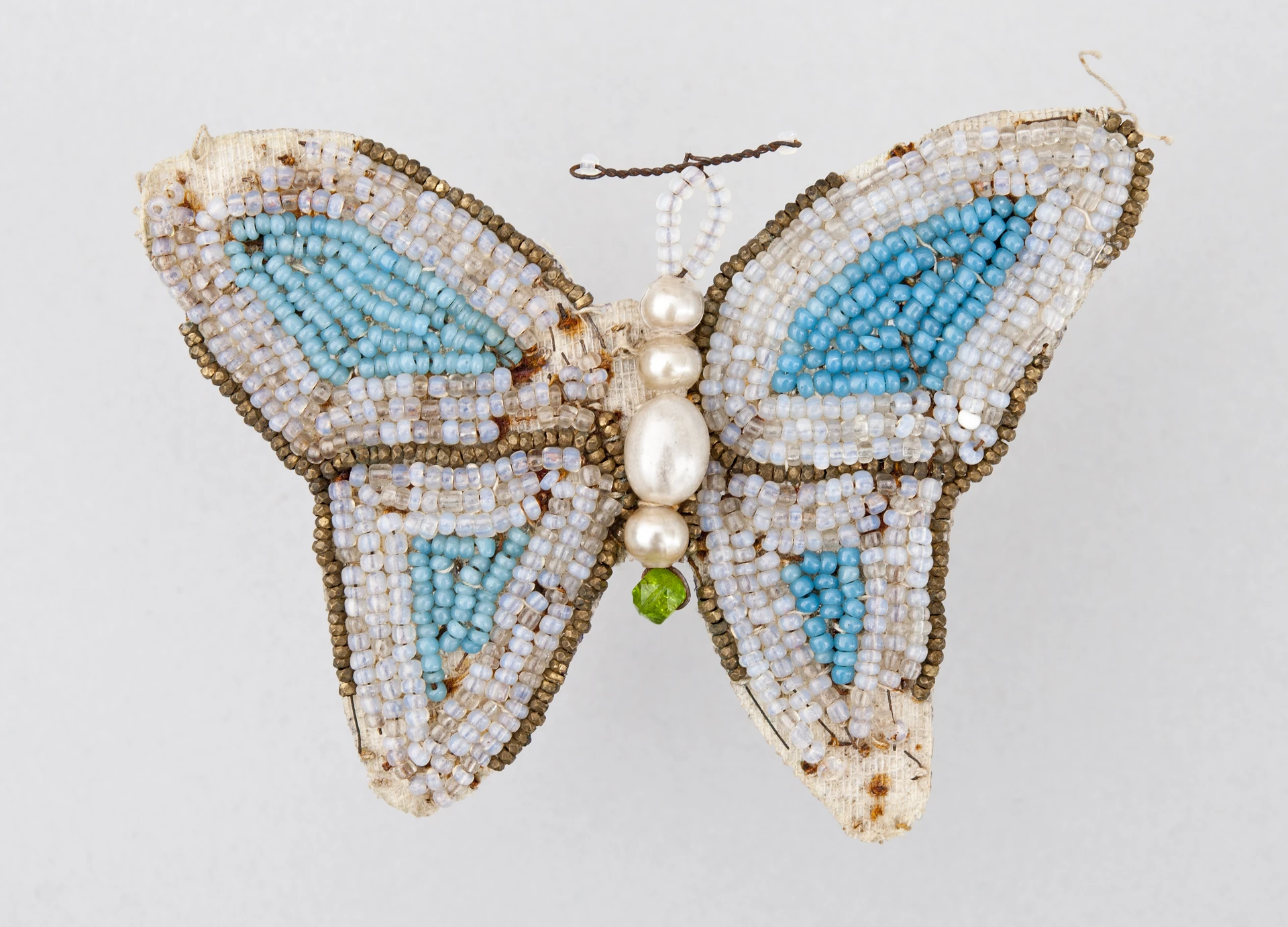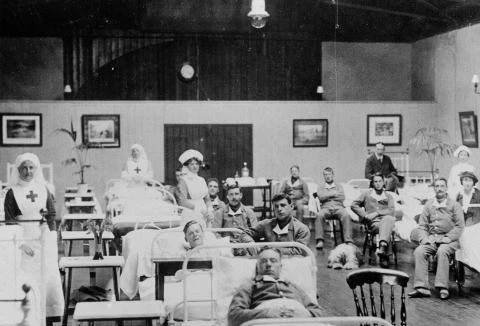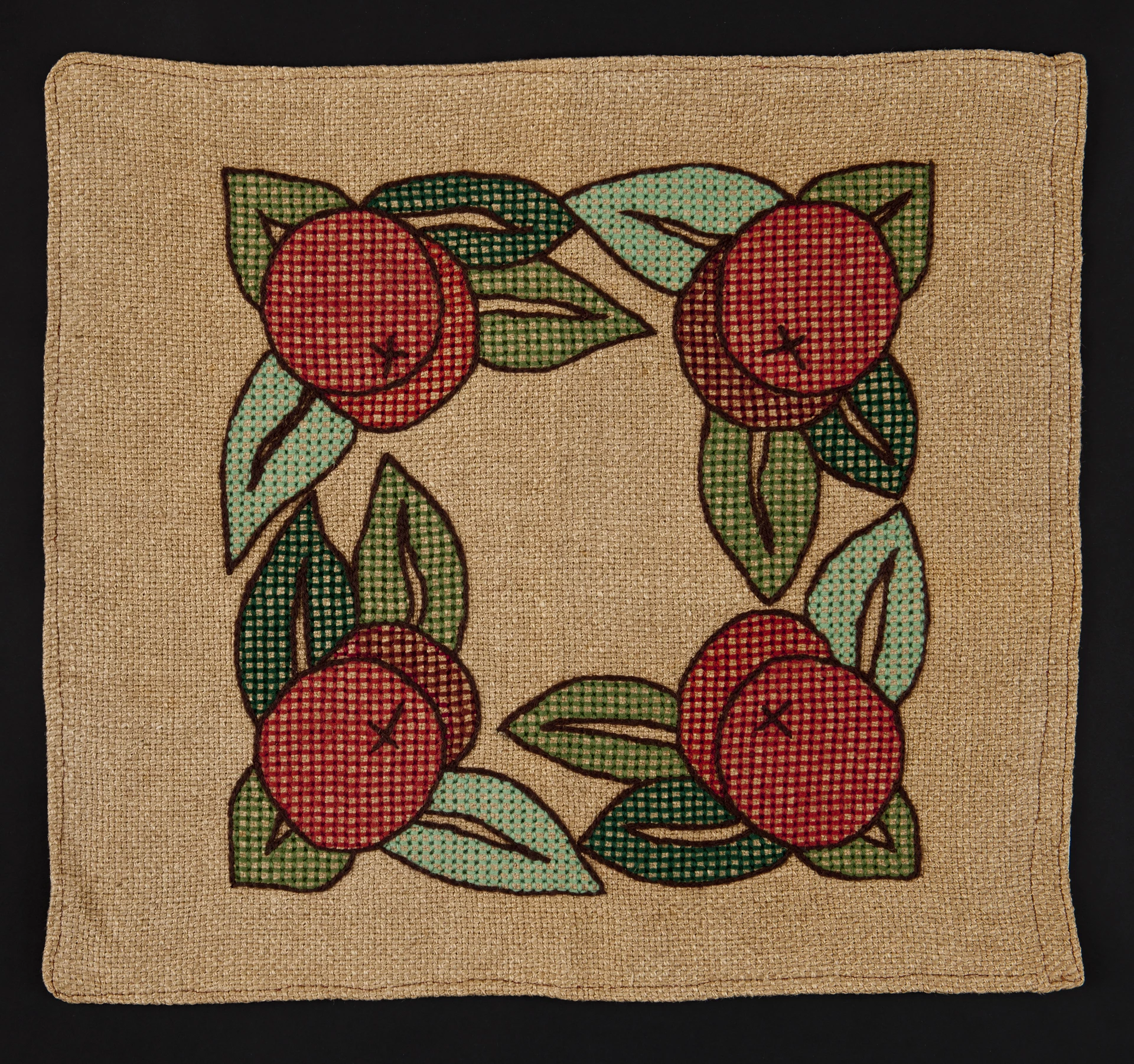Taff Vale Railway Company - Roll of Honour
, 23 April 2016
Amgueddfa Cymru holds a large collection of material relating to the First World War. Many of these objects from the industry & transport, and social & cultural history collections can be viewed on this online catalogue. This catalogue was created to provide access to this collection of material, especially important during this period of commemorating 100 years since the First World War.
Some of the more poignant objects relate to those who lost their lives in the War, and among these are a number of Rolls of Honour. These either commemorate those who lost their lives, or commemorate both those who served, and those who lost their lives.
In the industry & transport collection is this very large (it measures 190cm x 130cm) framed and glazed illuminated Roll of Honour. It lists all those staff working for the Taff Vale Railway Company, who served and lost their lives in the First World War. The sheer numbers of staff mentioned shows how the war affected companies such as the T.V.R. and shows the tragic loss of life.
The Roll of Honour was drawn in the engineer’s office of the Taff Vale Railway at Cardiff by Ivor P. Davies. The alphabetical list details all men who served and also includes their regiment. Names are also marked to indicate those who died in action and those who died of other causes.
The Roll of Honour originally hung in the T.V.R. offices, in a building located next to Queen Street Station. Presumably it hung there until the offices were demolished in the 1970s during the rebuilding of Queen Street Station. In 1989 the Roll of Honour was acquired by Amgueddfa Cymru, and it displayed in the Railway Gallery, in a building next to Bute Road Station (now Cardiff Bay). This was an appropriate home as it was displayed in a very historic building originally built as the head office for the Taff Vale Railway Company in the 1840s. This building is still standing, though in a poor state of repair.
It is important that this Roll of Honour be displayed during the commemorations. We were therefore pleased to work with staff at Arriva Trains Wales in fulfilling this. We were able to provide a high resolution digital copy, which allowed them to replicate it. The replica has now been placed on display in the newly revamped Queen Street Station, where it can be viewed by thousands of travellers passing through.
Replica Roll of Honour on display at Queen Street Station, Cardiff.
Mark Etheridge
Curator (Industry & Transport)
Follow us on Twitter - @IndustryACNMW

